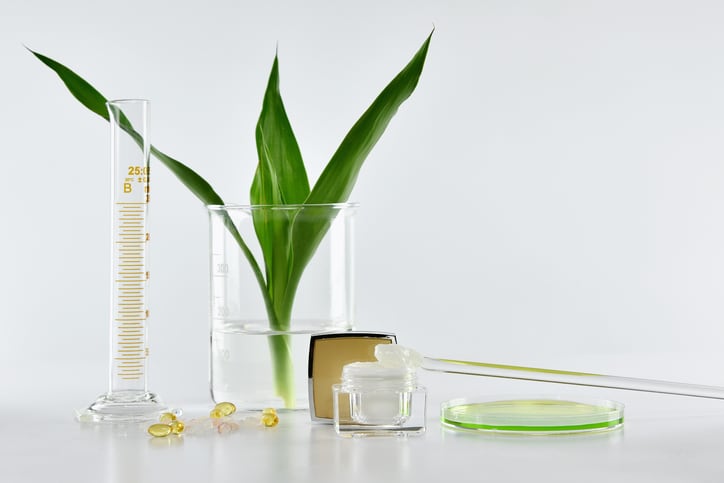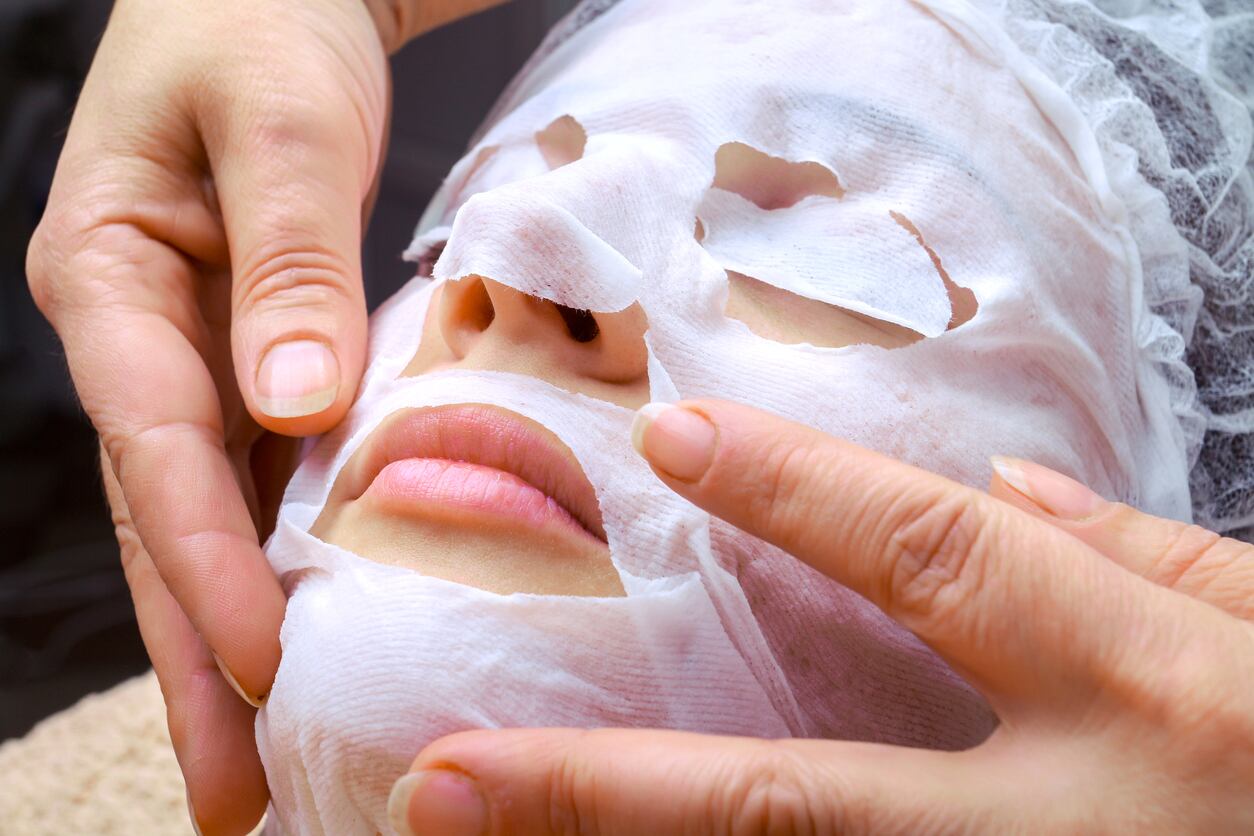Monique Simmonds is Deputy Director of Science, Kew Royal Botanical Gardens and Director of the Commercial Phytochemistry Unit.
Simmonds will be presenting on these issues and opportunities at the upcoming Sustainable Cosmetics Summit in Paris, full details of which are available here.
In this interview series, she reveals insights into how natural sources can offer the next generation of botanical active ingredients. Find part II and part III.
The potential of natural sources for the beauty industry
There is clearly an increased interest in naturals in cosmetics and the emphasis of the sources of these naturals are from plants.
These trends have occurred before but many young people both male and female are looking for what they see as “naturals” rather than synthetically produced material.
This of course does not mean that naturals are better than synthetics at delivery quality beauty products.
However, naturals can have some benefits – they have often evolved to have a function in nature – say as an anti-oxidant and they will also naturally break down, thus avoiding the build-up of synthetic compounds in our water and the need for elaborate filtering systems.
Latest developments in sourcing botanical actives for beauty and personal care
Advances in our knowledge in plant chemistry as well as skin and hair biology is opening the opportunity to see how plants can provide more leads for cosmetics - however, some of these leads will take three or more years to come to market.
It can be different for locally produced products that have a limited distribution, whereas in the case of international brands.
They need to ensure they meet all the regulatory procedures , especially providing safety data.
A key to the success of any new plant derived lead is the sustainable supply of the plant material.
This is often the limiting factor and is why the diversity of plants available for cosmetics is small. However, advances in growing techniques from hydroponics to tissue culture are enabling growers and suppliers increase the diversity of plants as well as increase the yield of active plant material.
Orchids: an illustrative example
Orchids can now be commercially grown to produce extracts for beauty products as well as fungi such as the snow fungus used in a range of cosmetic products.
The orchid is a symbol for beauty so you can understand the direct link to beauty products, although it is the roots of the orchid that contains the ingredient that contributes most to beauty products!
As the interest in orchids increase there is an increased need to look at the supply train as all species of orchids are covered by the Convention on International Trade in Endangered Species of Wild Fauna and Flora (CITES).
This means there are restrictions on their use and transportation.
For example, extracts should be coming from commercially cultured orchids with the appropriate paperwork that supports their providence.
An issue can arise when suppliers are not aware of these restrictions and start to use wild collected orchids.
Taking care: responsible sourcing
New, exotic and beauty are all keys to the marketing of naturals – to capture the beauty that plants can clearly provide – care needs to be taken as to the source and quality of extracts being used.



